Common Clove Tree Issues – Managing Problems With Clove Trees
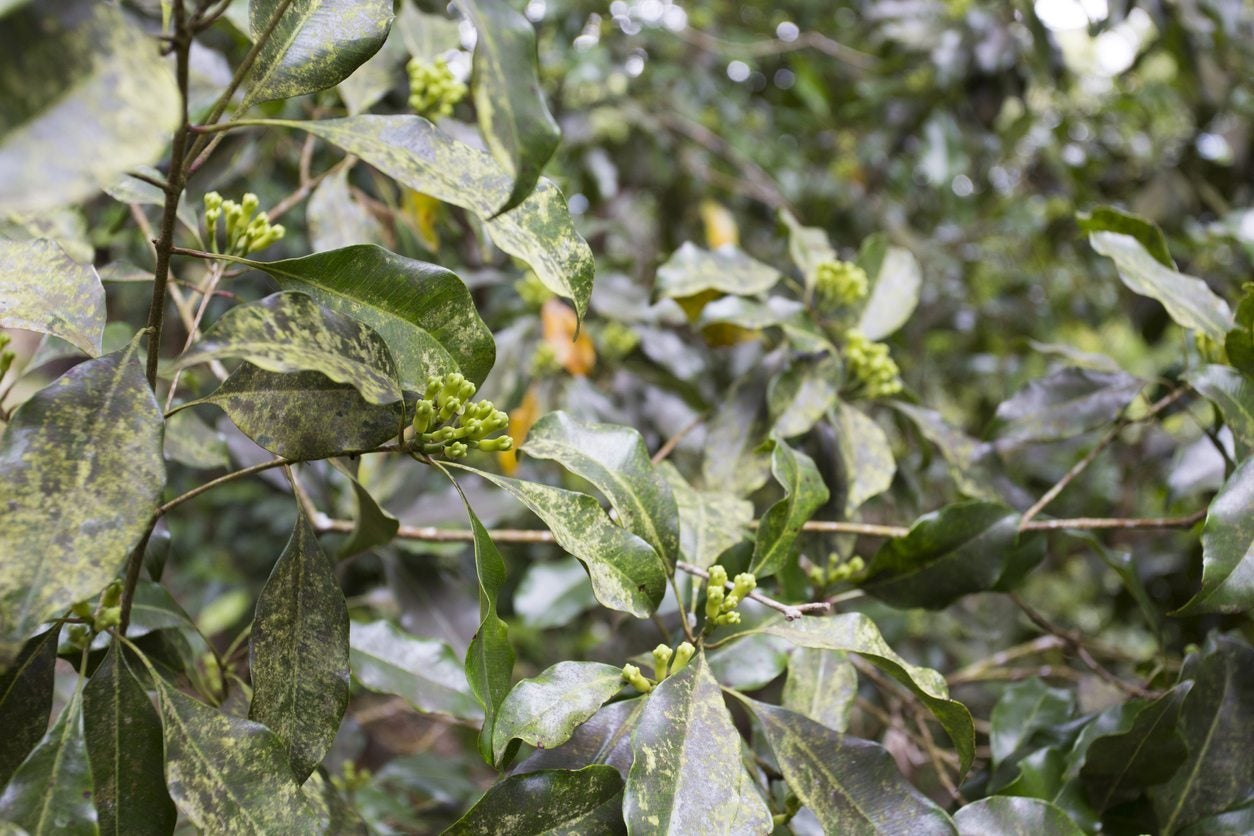

Did you ever poke cloves into a baked ham for the holidays and wonder where cloves come from? They are unopened flower buds that grow on a clove tree (Syzygium aromaticum). Before you plant a clove tree, you should learn a little about clove tree problems. Read on for an overview of clove tree issues and other problems growing cloves.
Clove Tree Problems
Clove trees are evergreen trees that are grown for their aromatic flowers. The trees grow to 50 feet (15 m.) tall. The branches are erect and flowers grow near the branch tips. The clove tree’s green leaves, white flowers, and bark all smell spicy, but the actual cloves are the unopened flower buds. Clove trees can live to be more than 100 years old if they do not have any serious clove tree issues. But problems growing cloves are not infrequent. This can include both disease and insect pests.
Diseases
Sumatra disease – One of the problems with clove trees is termed Sumatra disease (Ralstonia syzygii). This might be the issue if you see clove tree leaves yellowing and dropping. The tree die-back starts from the crown and works its way down. This can cause the clove tree to die within three years. Growers can inject an antibiotic called oxytetracycline into the tree to slow the decline of infected clove trees. However, this is one of the clove tree issues that has no known cure. Eucalyptus canker – Another of the serious clove tree issues is termed eucalyptus canker (Cryphonectria cubensis). This is caused by a fungus that enters the tree through a wound. The fungus travels down until it reaches the branch junction and all branches above the junction die. The best way of managing these problems with clove trees is prevention. Avoid damaging trees with machinery and tools. You can also treat wounds with fungicide.
Insect pests
Coconut scale – Another one of the problems growing cloves you may face is an insect pest called coconut scale (Aspidiotus destructor). Look for leaves yellowing, turning brown, and dropping prematurely. The scale looks like red-brown spots on the foliage. Each one is a flattened oval. These scale bugs also attack coconut, tea, and mango crops. Prune out the infected parts of the tree to prevent additional damage. Alternatively, use chemical controls. Soft scale – Another type of scale, soft scale (Ceroplastes floridensis) is white or pinkish in color. These scale pests are also round and small. If the population gets too large, scales promote sooty mold. Introduce natural enemies of the scale to control them. Alternatively, spray on horticultural oil. Keep the trees healthy since vigorous trees are less susceptible to scale damage than those which are stressed.
Gardening tips, videos, info and more delivered right to your inbox!
Sign up for the Gardening Know How newsletter today and receive a free copy of our e-book "How to Grow Delicious Tomatoes".

Teo Spengler is a master gardener and a docent at the San Francisco Botanical Garden, where she hosts public tours. She has studied horticulture and written about nature, trees, plants, and gardening for more than two decades. Her extended family includes some 30 houseplants and hundreds of outdoor plants, including 250 trees, which are her main passion. Spengler currently splits her life between San Francisco and the French Basque Country, though she was raised in Alaska, giving her experience of gardening in a range of climates.
-
 Get Ready For A Summer Of Hummers! Grow These Full Sun Hummingbird Plants and Flowers
Get Ready For A Summer Of Hummers! Grow These Full Sun Hummingbird Plants and FlowersIf you’re lucky enough to enjoy a sunny backyard, make sure you are maxing out on your pollinator opportunities and grow these full sun hummingbird plants and flowers
By Tonya Barnett
-
 12 Lush Alternatives To A Lawn For Sustainable Spaces
12 Lush Alternatives To A Lawn For Sustainable SpacesAlternatives to a lawn are beautiful and also beneficial to your local ecosystem and its pollinators. Explore our top picks for plants to replace grass.
By Tonya Barnett
-
Clove Tree Sumatra Info: Recognizing Sumatra Disease Of Cloves
Sumatra disease is a serious problem that affects clove trees, particularly in Indonesia. It causes leaf and twig dieback and will, eventually, kill the tree. Learn more about clove tree sumatra disease symptoms and how to manage and treat cloves with sumatra disease here.
By Liz Baessler
-
 Can You Grow Cloves In Containers – How To Grow A Clove Tree In A Pot
Can You Grow Cloves In Containers – How To Grow A Clove Tree In A PotIt's tempting to want a clove tree of your very own, but their extreme sensitivity to cold makes them impossible for most gardeners to grow outdoors. Can you grow cloves in containers? Learn more about caring for container grown clove trees in this article.
By Liz Baessler
-
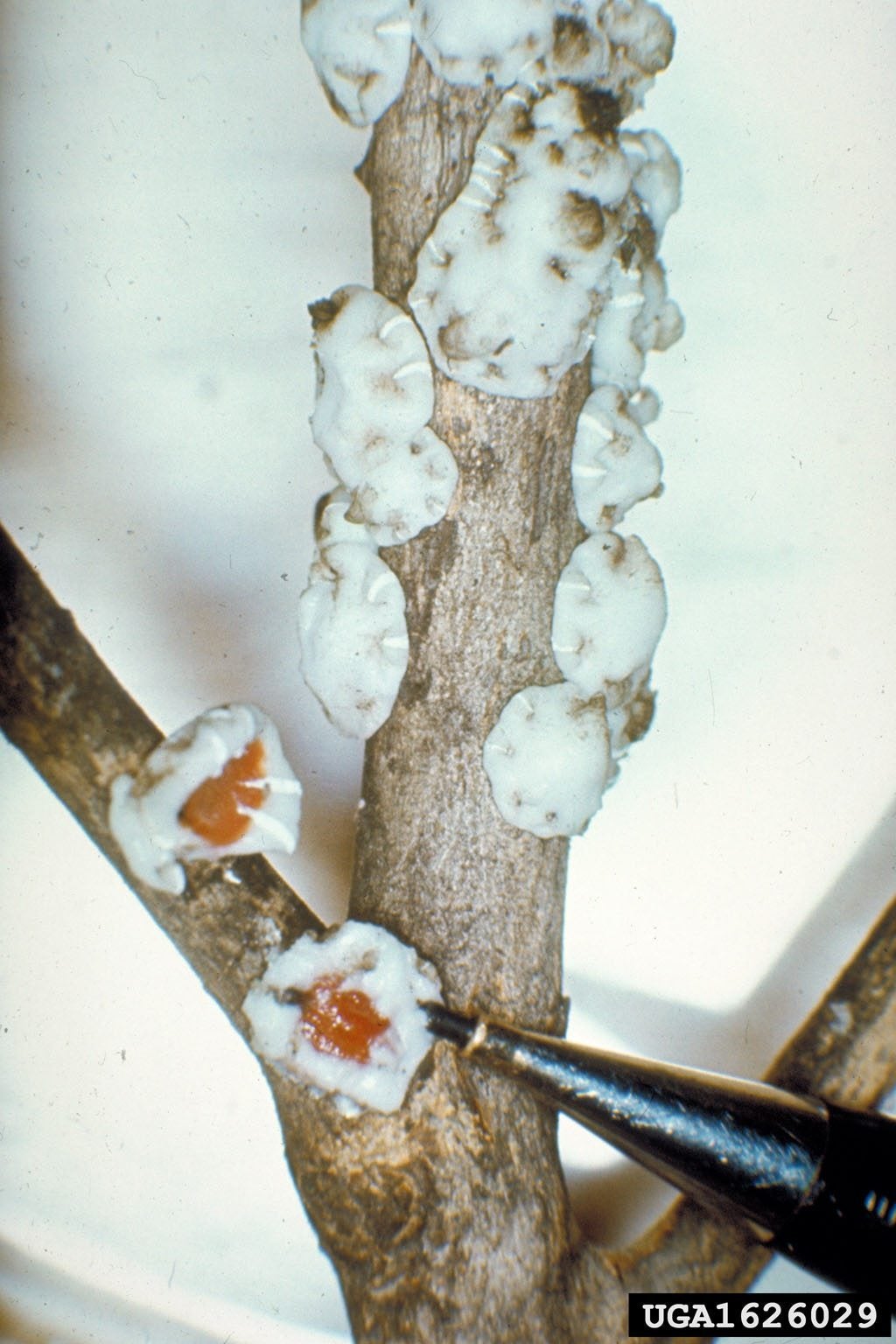 Clove Tree Pests: Controlling Pests On A Clove Tree
Clove Tree Pests: Controlling Pests On A Clove TreeClove trees (Syzygium aromaticum) are evergreens grown for their aromatic flowers. The clove itself is the unopened flower bud. A number of clove tree pests attack the plant. For more information about pests of clove trees, click this article.
By Teo Spengler
-
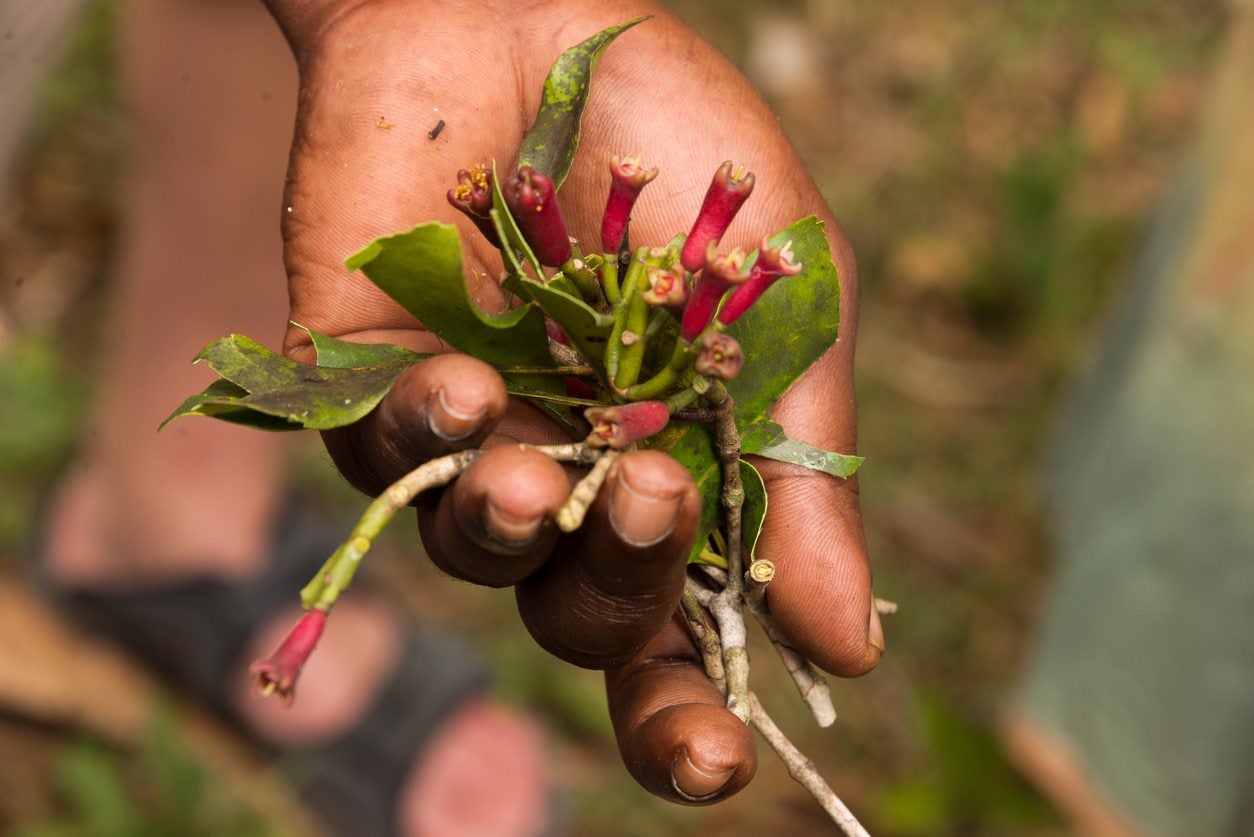 Clove Tree Propagation Tips – Methods For Propagating Clove Trees
Clove Tree Propagation Tips – Methods For Propagating Clove TreesWhile the spice is technically the plant's seed, you cannot buy a jar of cloves at the grocery store and plant them to grow a clove tree of your own. If you would like to know how to propagate a clove tree, click here for clove propagation methods and tips.
By Darcy Larum
-
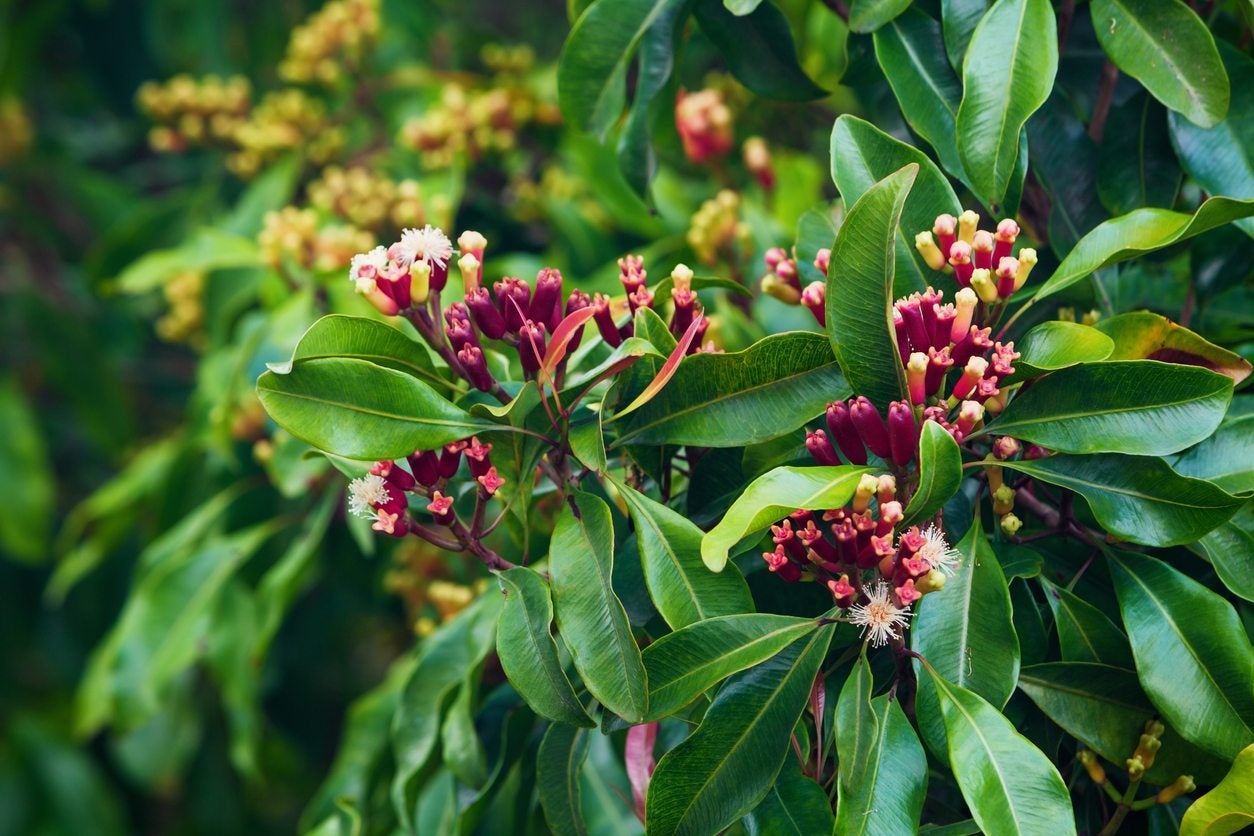 Common Clove Tree Diseases: Learn How To Treat A Sick Clove Tree
Common Clove Tree Diseases: Learn How To Treat A Sick Clove TreeAlthough they are generally hardy and easy to grow, clove trees are susceptible to several clove tree diseases. Click on the article that follows for more information about diseases of clove trees and tips on how to treat a sick clove tree.
By Mary H. Dyer
-
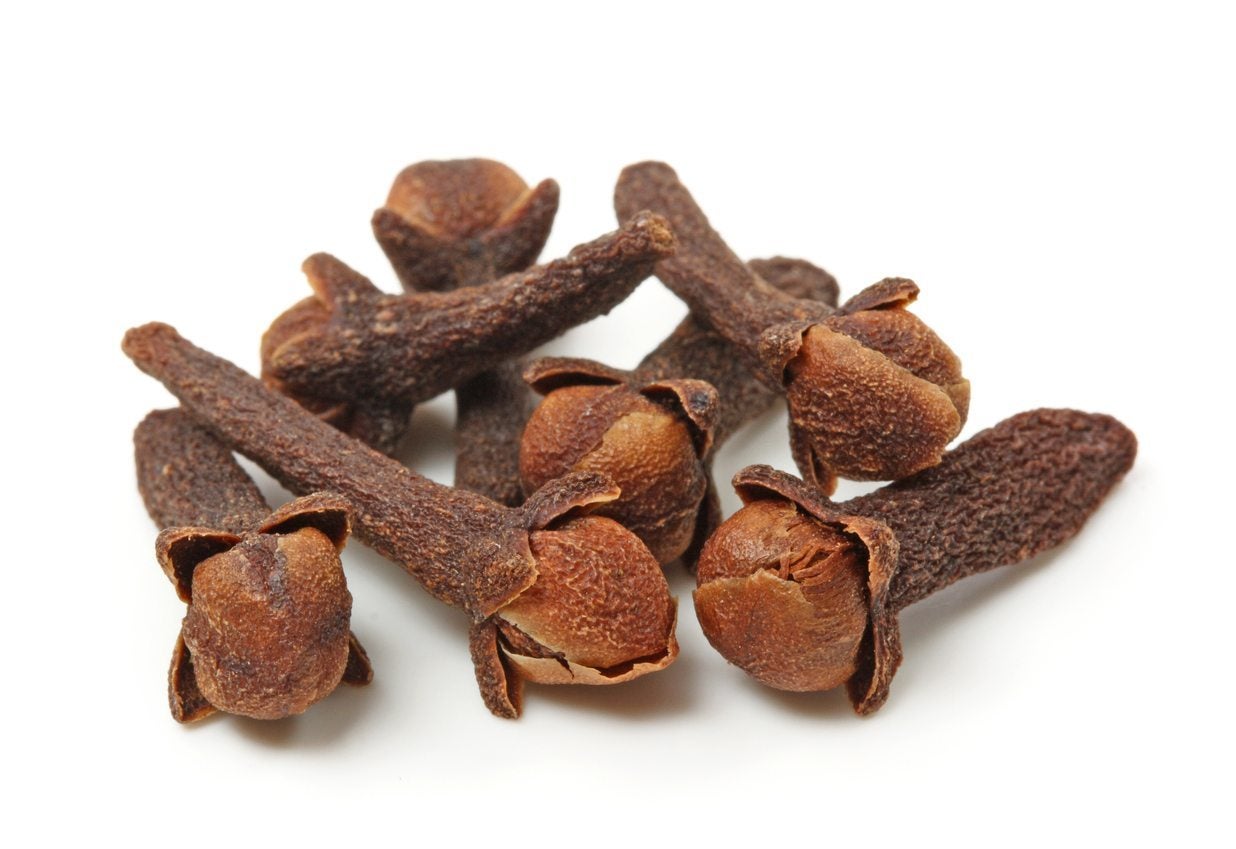 Clove Harvest Guide: Learn How To Harvest Cloves For Kitchen Use
Clove Harvest Guide: Learn How To Harvest Cloves For Kitchen UseThe cloves you use to flavor your dishes are the result of at least 6 years of growth on the part of the tree. Six years is the minimum time it takes the tree to flower. If you?re interested in learning more about the harvesting of cloves, this article will help.
By Amy Grant
-
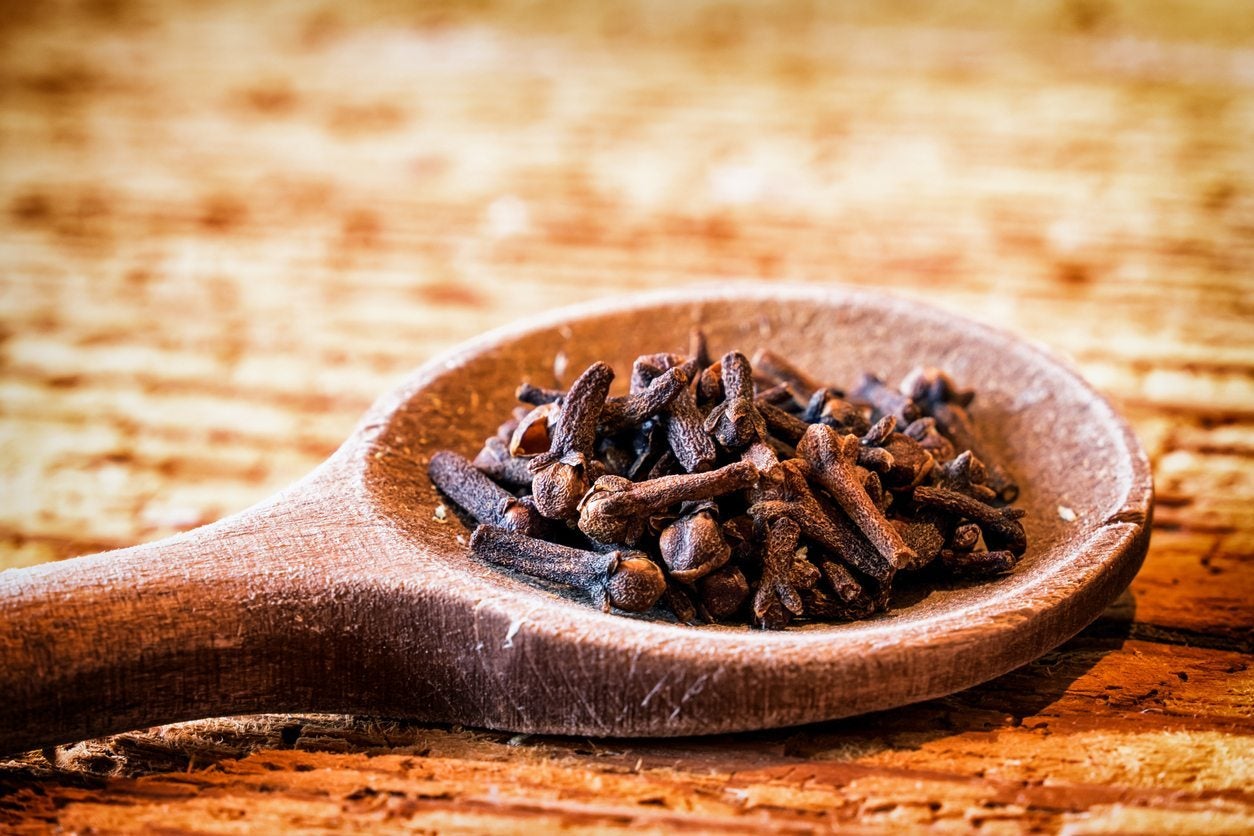 Common Uses For Cloves – How To Use Cloves From Your Garden
Common Uses For Cloves – How To Use Cloves From Your GardenIf you?re lucky enough to have a clove tree in your yard, you can harvest and use your own cooking and medicinal spice. Clove tree uses range from basic landscaping to actually harvesting and cooking with your cloves. Here are some ideas for what to do with your backyard cloves.
By Mary Ellen Ellis
-
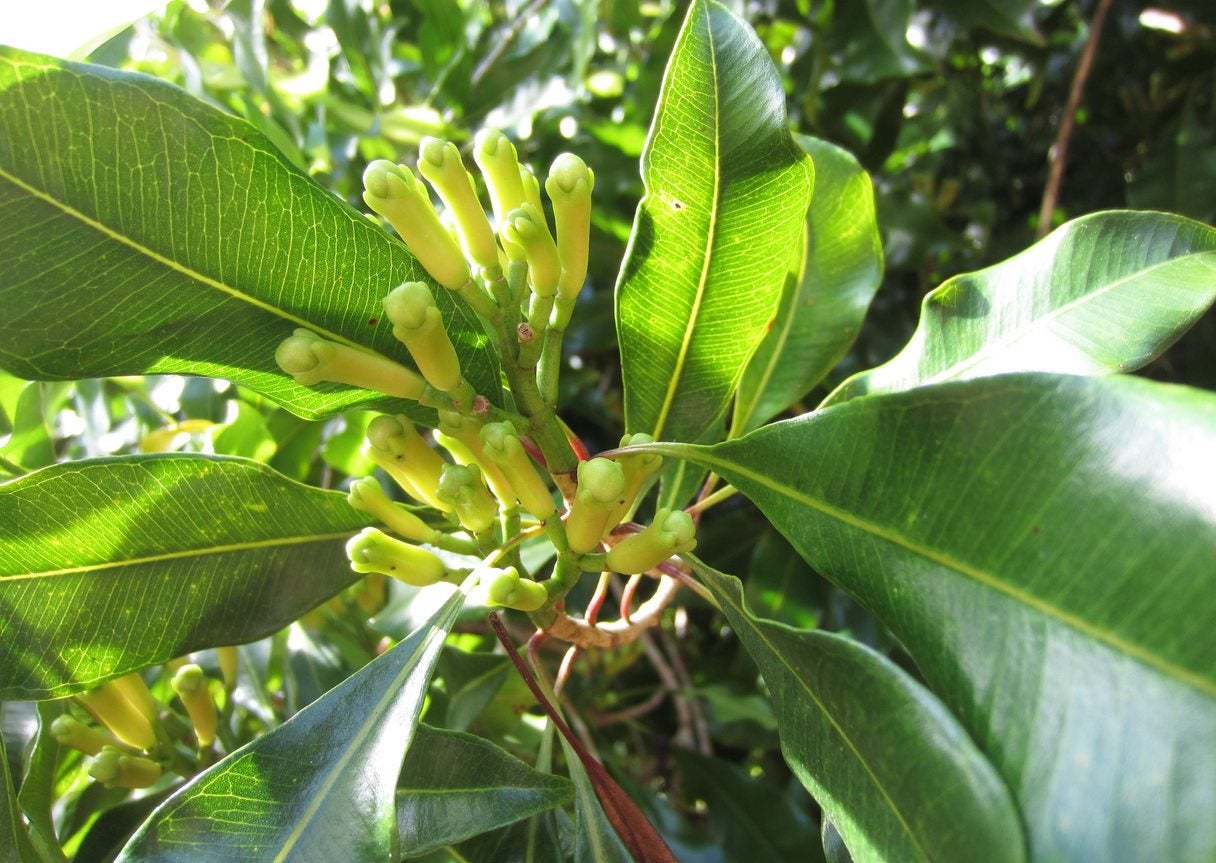 What Are Clove Tree Uses: Clove Tree Information And Growing Tips
What Are Clove Tree Uses: Clove Tree Information And Growing TipsClove trees produce the cloves you use to spice up your cooking. Can you grow a clove tree? According to clove tree information, it's not hard to grow these trees if you can provide ideal growing conditions. Learn what those are in this article.
By Teo Spengler